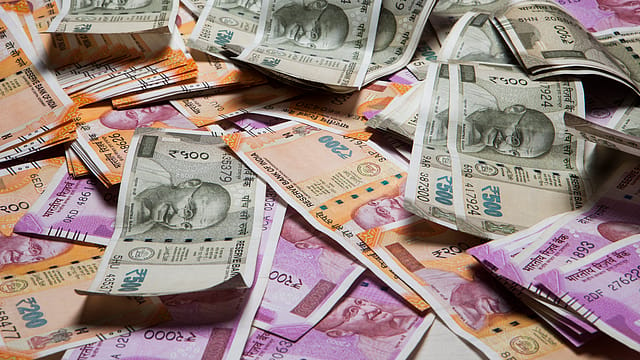Weak retail growth worry hits Bajaj Finance
ADVERTISEMENT

Bajaj Finance stock fell 4% today post the announcement of its first quarter results, for the period ended June 2019. In all, the stock has lost 12% in the last two months as the slowdown in consumption has begun to show in the company’s performance.
Bajaj Finance, the country’s most valuable lender, said in its investor presentation that credit disbursals fell 15%-18% during the quarter as the company tightened lending norms in several categories that contribute to more than two-thirds of its business. The new norms have affected both urban and rural areas
The company has made norms more stringent for small-to-medium enterprises and consumer retail segments, resulting in a 10%-12% decline in disbursements. It has also tightened credit for auto loans as the percentage of loans having non-payment beyond 30 days had risen to 5.30% as of June-end, from 4.65% in March, for two-wheeler loans.
December 2025
The annual Fortune 500 India list, the definitive compendium of corporate performance, is out. This year, the cumulative revenue of the Fortune 500 India companies has breached $2 trillion for the first time. Plus, find out which are the Best B-schools in India.
“As a measure of prudence, we have tightened underwriting standards in digital product financing in urban and rural business leading to approximately 15-18% cut in new disbursements," Bajaj Finance said in the presentation.
However, Bajaj Finance’s net profit rose 43% on a year-on-year basis to ₹1,195.25 crore in the quarter ended June, in line with market expectations. It profits stood at ₹836 crore in the year-earlier period. Assets under management also showed its biggest ever jump in recent times of 41% rising to ₹128,898 crore against ₹91,287 crore in the same quarter of the previous year.
Bajaj Finance’s business model revolves around giving individuals loans to finance their consumption and then collect it back through equated monthly instalments (EMIs). In the June quarter, the consumer lender booked 29% more new loans than it did a year ago. New loans booked during Q1 FY20 increased by 29% to 7.27 million from 5.63 million. Net Interest Income for Q1 FY20 was up by 43% to ₹3,695 crore from ₹2,579 crore in 01 FY19. Total operating expenses to net interest income for Q1 FY20 was 34.98% against 37.02% in 01 FY19.
Gross NPA and net NPA, measures of asset quality, increased marginally quarter on quarter. Gross NPA and net NPA as of 30 June 2019 stood at 1.60% and 0.64% respectively of total advances, as against 1.54%. Net NPA ratio fell to 0.64% sequentially from 0.63%.
Excluding its exposure to Infrastructure Leasing & Financial Services, Bajaj Finance’s gross NPAs improved by 8 basis points to 1.42% and, while its net NPAs grew by 3 basis points to 0.5%. But provisions against bad loans rose 34.7% over the previous three-month period and 69% on a yearly basis to ₹551 crore.
